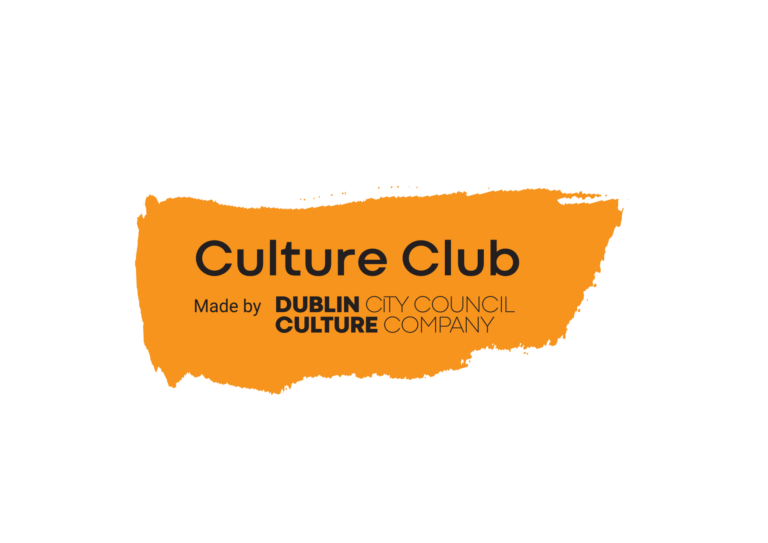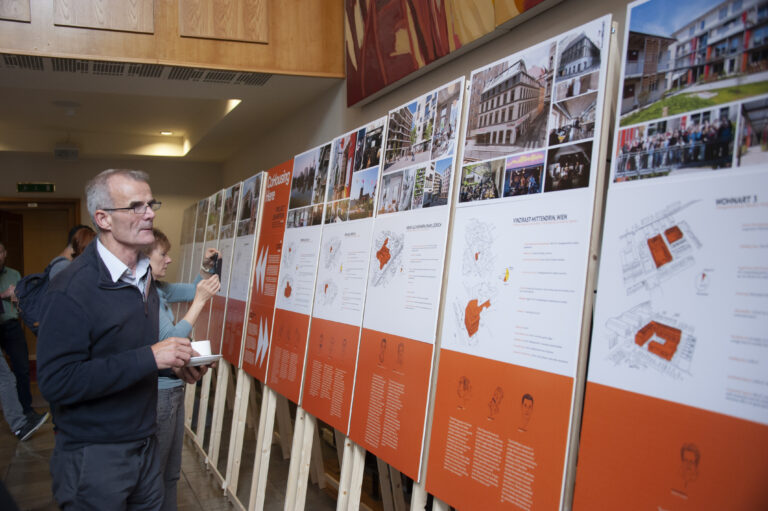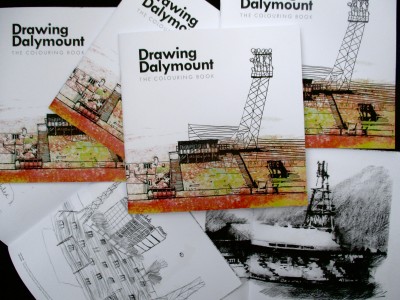Journal •
A Capital in Transition – How Dublin is Reclaiming its Streets
The Open House Dublin 2024 Architecture Festival invites us to hold a mirror and discuss what we see, hear and feel from Ireland’s capital.
It goes without saying that Dublin has not built its reputation from accessible green spaces, pedestrian friendly streets or car free zones when compared to other European destinations. From my experience walking the streets in more recent times, it’s clear that the city is undergoing a quiet yet powerful transformation.
The Open House Dublin 2024 Architecture Festival invites us to hold a mirror and discuss what we see, hear and feel from Ireland’s capital.
It goes without saying that Dublin has not built its reputation from accessible green spaces, pedestrian friendly streets or car free zones when compared to other European destinations. From my experience walking the streets in more recent times, it’s clear that the city is undergoing a quiet yet powerful transformation.
Once dominated by cars, the city is slowly reclaiming its streets for pedestrians and cyclists. Areas like Dame Court, Drury Street, South William Street, Anne Street South and Capel Street – the latter now Dublin’s longest car-free street at 400 meters, are becoming lively, pedestrian friendly zones. There are also plans to fully pedestrianise Parliament Street and College Green and reduce traffic by 60% through Dublin City’s latest Traffic Plan.
The growth in pedestrianisation forms part of a broader vision to make Dublin more livable. It follows the same strategy as the introduction of new parks like Bridgefoot Street Park in the Liberties, the creation of connected cycle links such as the Dodder Greenway and significant improvements in cycling infrastructure such as the Clontarf to City Centre project. Each of these measures has a core goal – improving livability.
While change is usually met with resistance from some local people, business owners or lobbyists, the positive impacts of these improvements are abundant. Safer, more accessible streets will increase the levels of footfall, making buildings more attractive for investment, renovation and living. Contrary to the fears of some business owners, public realm improvements such as pedestrianisation have been shown to boost sales and revenue rather than causing them to fall. It also has a profound social impact, creating more spaces where people can relax and escape from the noise of the city. Most importantly, the shift is good for the environment, reducing carbon emissions and improving air quality by reducing vehicular emissions of nitrogen dioxide, carbon monoxide and other harmful pollutants.
As someone who walks the streets of Dublin regularly, it is refreshing to witness this gradual transformation first-hand. It is fair to say that we have progressed rather than regressed in most aspects of the delivery of better and more connected cycling and walking infrastructure. For the sake of clarity, Dublin is by no means the new Amsterdam, Copenhagen or Vienna, but it is certainly heading in the right direction.
Contribution by Odhran Cussen
We want to thank KSN PM for supporting this years Open House Dublin Festival 2024.









